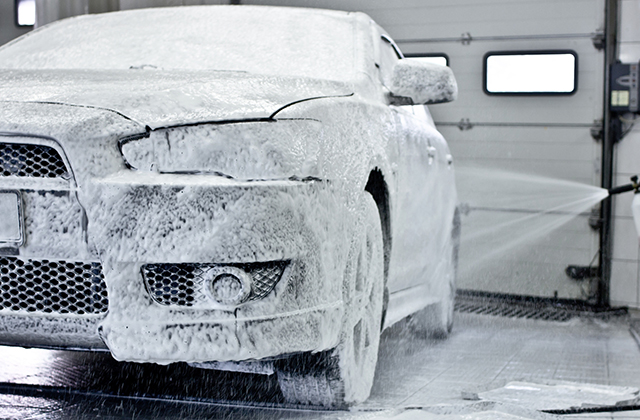Photography was built on film. True it started on glass plates, but the majority of it’s life has been on film. Whether on plate, roll, sheet or whatever, film has been around since the late 1800’s and further developed into household use by Thomas Edison and George Eastman of Kodak fame. Film defined photography for decades and as such there were literally hundreds of film brands, types, speeds, variations that the user could use. Kodak ranks the highest with the number of proprietary films they made for their cameras. Today film in sizes like 828, 127, 620, 120, 110, and 126 are still available as is numerous brands, speeds and variations of 35mm. And there are still places to get it processed! Concept artists help determine by creating designs for fantastic characters in any film genre.
To learn photography one really needs to understand film. Anyone and pick up a digital camera, set it to auto and produce an acceptable photograph. Why? Because the camera and the microprocessor is doing what the mind should be doing. It is determining the exposure, the light, the ambient light, the f-stop and shutter speed and color range. But put a Pentax K1000 in the hands of the same user and you will get a whole new perspective on how they may not know what photography is all about. Digital has made it so easy that the stock photo’s companies online are flooded with photos that were taken and photo-shopped. Created to be a picture. Yes they are pictures. No, they are not true photographs.
Photography is defined as “writing with light.” The user actually uses the camera and film to “write” the picture. One must understand the cameras workings, and shutter settings, the light and aperture settings. And most importantly the film being used. Film makes the picture. It is what the picture is “written” on. It is the canvas for the photographic artist. The sensitivity, color range, speed and type of film determines the artists feelings and the end result. Ansel Adams, one of the greatest photographers of our times, used primarily black and white and large format cameras using film sheets and plates. The great Annie Leibovitz, uses 35mm film almost exclusively and is one of the premier film photographers in America today.
Film is the magic of photography. Using black and white like Mr. Adams one must be very observant to the contrast, the shadows and highlights and subject matter. Some pictures can look absolutely dreadful in black and white. But the beauty of black and white is that it allows the viewer to use their imagination for the “color” of the photograph and the story the photographer is telling. Ansel Adams had the ability to break a scene into one of 11 “zones” of tonal quality. I say ability because he actually invented the system. It’s an interesting subject worthy of another article… hmmm. Anyway, black and white film is precisely suited for this type of work because the “zone” system is 11 different shades from total black to total white. A digital camera today is not capable of distinguishing between total black and total white and setting the exposure correctly. IF you set a digital camera to precisely expose pure black, white look gray. The reverse is true as well. To expose for black and white together and get it right takes the mind and vision of the photographer and film is the medium of choice.
Color film too has its own characteristics, and thus creativity lies with the user, artist photographer. Kodak films have a characteristic warm tone. A soft mellow warm accent that it imparts on the final image. The photographer may use this for scenery, or evening portraits or whatever “mood” he is trying to create. He can change the film speed and type to his or her advantage to paint the story he is trying to tell. Fuji film is known for it’s brilliant colors ranges. Grassy greens, brilliant blue in skies, radiant reds, etc. Ilford has a whole range of films for black and white and color and for many many different photographic styles. Note that there is even lomography film designed to give the finished photo a reddish cast. And another that is purposely wound backwards on the spool to soften the color tones and light.
Writing with film is a true art. It must be studied and understood. One cannot simply pop a roll of film into a camera and create art. Photographs are art and thus they deserve the best medium and I believe that film is that medium. Film users must concentrate of the scene and match the film type, speed and color range to the scene and their vision of what they want the finished photograph to look like. I have witnessed true photographic artists actually change film mid-roll in the cameras so they could use a different film for a different feel and vision to the same scene. They didn’t just change the camera settings, they changed the canvas they were writing on. This is photography and this is what is was meant to be… art!
Article Source: http://EzineArticles.com/expert/CG_Veach/1422881
Article Source: http://EzineArticles.com/7895029




